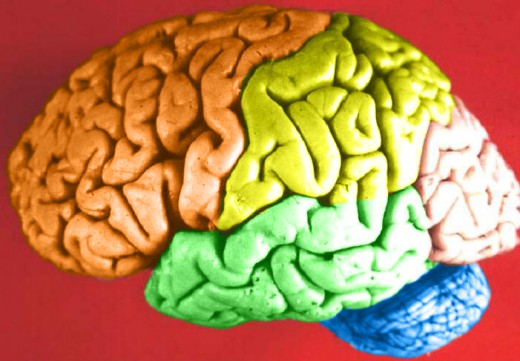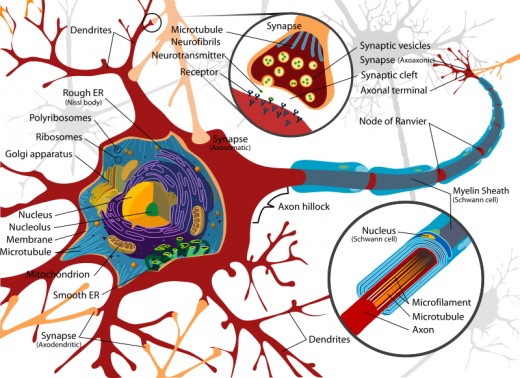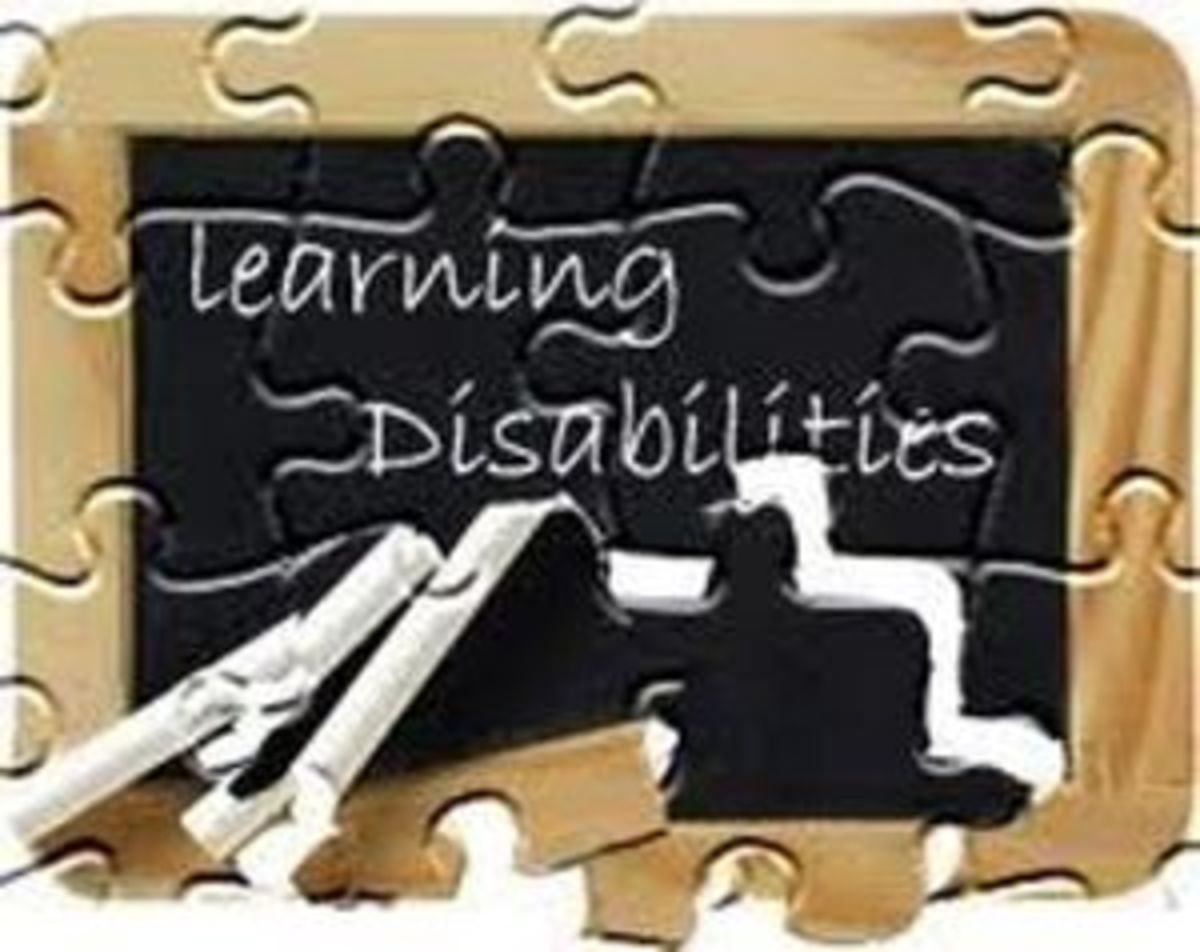What Is Interleaving Practice?

Interleaving Pracitce
What is interleaving practice? Why should you use it?
Interleaving practice is a way of practicing by playing in small, varied increments. It is a style of practice that tailors to the way our brains process information. By constantly switching what we are working on in practice, we keep our attention and focus at 100%, and therefore our processing and learning power is increased.
The reason interleaving practice should be used is because it is simply practicing the way that we are wired to learn.

How does our brain process information?
Our brains are phenomenal machines, capable of computing problems and processing information at incredible rates of speed and in amazing quantities. How does it all work? How do we learn?
Learning is all about making connections. The more connections we make, the more knowledgeable and well rounded we become. Particularly when learning a new skill, our synapses are firing like crazy. The synapses that fire together form connections between them, and the more times those synapses fire the stronger that connection becomes. This translates into repetition=learning. The more times we repeat something, the better we will remember it because those connections are stronger in our brains.

Unfortunately our neurons, the structures in our brains that are responsible for processing, get fatigued. Just like a muscle, our neurons can become tired and worn out by sustained work. In fact, they can start to fatigue after just a few minutes.
With three to five minutes of sustained activity, neurons become "less responsive"; they need a rest (not unlike your muscles when you lift weights). They can recover within minutes too, but when they are stimulated in a sustained way, they just are not as efficient. Think about the piano and the organ; if you put your finger on the organ key and hold it down it will keep making noise, but the piano key makes one short note, and keeping your finger there produces no more sound. Neurons are like pianos, not organs. They respond to patterned and repetitive, rather than to sustained, continuous stimulation (Bruce D. Perry, M.D., Ph. D.).
After just 3-5 minutes, our brain begins to lose attention. The neurons are becoming fatigued, which causes information processing to slow and our synapses to fire less rapidly. All of this means one thing: we aren't learning efficiently.
Block Practice Example
Section being practiced
| Time spent practicing
|
|---|---|
A
| 15 minutes
|
B
| 15 minutes
|
C
| 15 minutes
|
D
| 15 minutes
|
Total practice time:
| 1 hour (60 minutes)
|
This is an example of a blocked practice schedule, which is how most people practice.
Problems with block practicing
It's easy to see how blocked practice can fail us, once we know how our brains process information.
When we practice the same thing over and over, say for fifteen or twenty minutes, our neurons become quite exhausted. They begin to fatigue around five minutes in, and it just gets worse from there. Because the neurons are becoming fatigued, they don't process as quickly and we don't retain the information as well.
Even though many times we end up playing the practiced section flawlessly by the end of the block of time, we lose what we learned by the next day. The fatigue of the neurons causes our retention of the information to suffer.
However, if we vary what we are playing every five minutes, our neurons will fire at their optimum level the entire time we are practicing the part. This means that, even though it feels like we don't have the section of the song down during practice, when we go to play the next day we see a vast improvement.
The Benefits of Interleaving Practice - Robert Bjork
Why Interleaved Practice works
As stated earlier, the reason interleaved practice works is because it tailors to the way we learn, and the way our brain processes information efficiently.
By using interleaving practice, we do not fatigue our neurons as quickly. Each time a neuron would begin to become fatigued, and therefore less efficient, we move on to a new task. This new task fires different synapses and uses different neurons for processing, which means that the other neurons can rest. When the new task begins to take it's toll on our processing power, we move on to another task.
This results in drawing out the most processing power we can get from our brains. It ensures that we will be making as many connections as possible, and that we are not wasting time by repeating a task that we are not able to fully process and learn from because of neuron fatigue.
Interleaving Practice Example
Section being practiced
| Time spent practicing
|
|---|---|
A
| 5 minutes
|
B
| 5 minutes
|
C
| 5 minutes
|
D
| 5 minutes
|
B
| 5 minutes
|
C
| 5 minutes
|
D
| 5 minutes
|
A
| 5 minutes
|
C
| 5 minutes
|
A
| 5 minutes
|
D
| 5 minutes
|
B
| 5 minutes
|
Total Lesson Time:
| 1 hour (60 minutes)
|
This is an example of how you might structure and interleaving practice session.
A practical example of interleaving practice
Shown here is a practical example of how to interleave your practice so that you can keep your brain processing at the highest speeds. If you practice this way, you may not see results in the immediate practice time. In fact, it may seem like you're not improving quickly at all. However, when you come back the next day you will see a great improvement in how you are playing the piece of music.
You may seem a little scatter brained with this approach to practicing. That's a natural feeling, considering we have been taught our whole lives to "practice until it's right." But stick with it, and soon you'll be seeing great results in your retention and playing ability!
If it's too much for you to start out this way, try starting with a blocked approach and then at the very end of your practice time, switch to an interleaving approach. This way you can ease into the practice style without feeling overwhelmed by the change.
Practice makes perfect
Now that you've seen the difference between the two styles, and have heard how it affects retention and performance, go see for yourself!
Try the interleaving practice method. If it works for you, you won't be sorry you did. If it doesn't work, stick to block practicing. In the end, it doesn't much matter how you are planning to practice if you never actually practice. Don't get caught up in the planning portion. The most important thing is that you practice! Who knows, with enough work put into your craft, you could end up playing like these guys!








